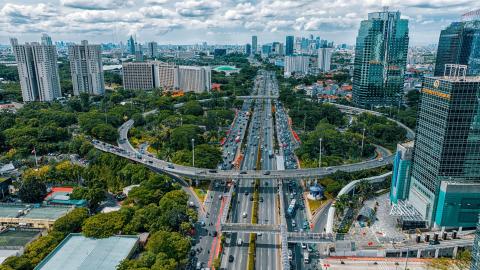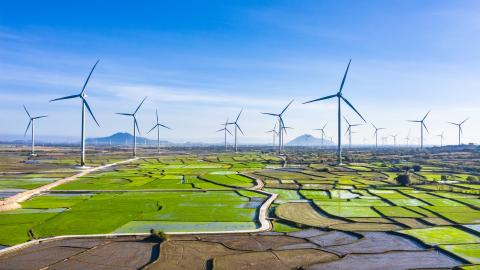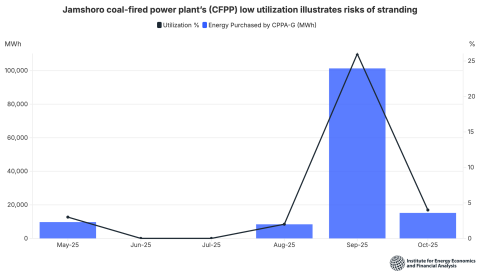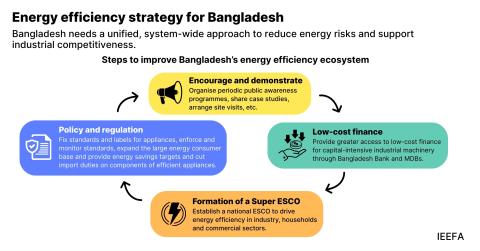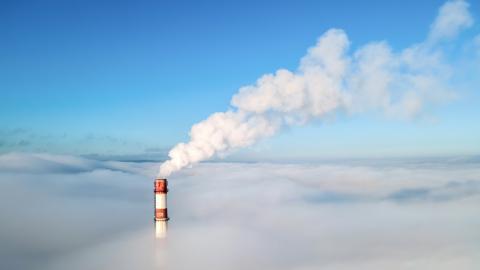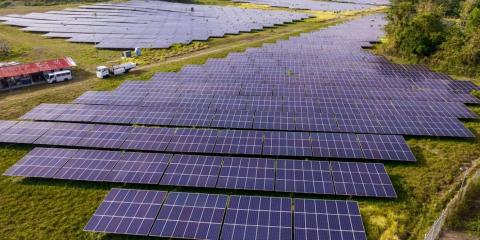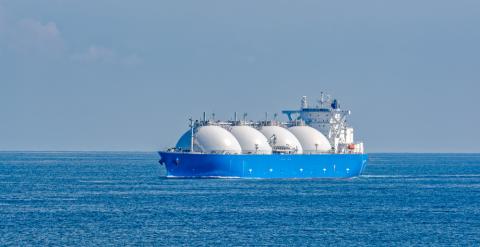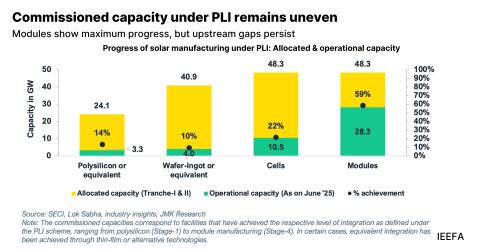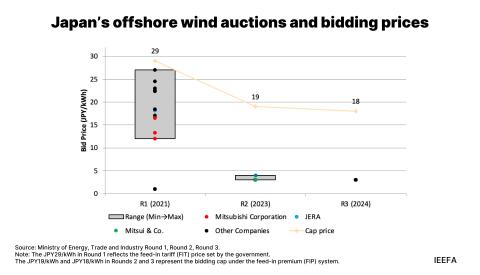Meeting India’s peak power demand with clean energy
Download Briefing Note
View Press Release
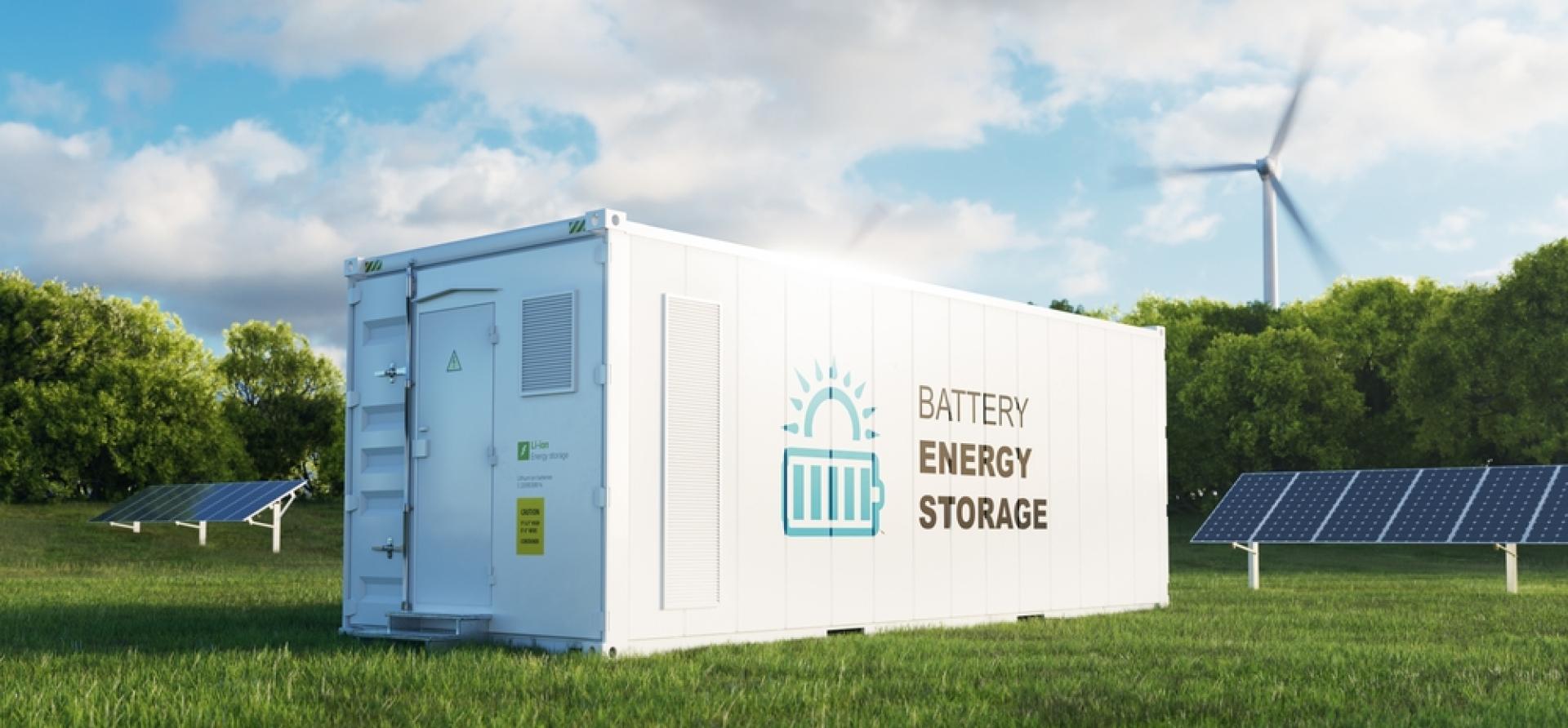
Key Findings
India’s peak electricity demand typically occurs around 3PM during solar hours and again between 9PM and 11PM during non-solar hours. This is driven by rising air conditioning loads, intensifying heatwaves, and growing industrial and commercial demand.
Despite rapid growth in solar capacity, the grid remains heavily dependent on coal to meet the evening peak, highlighting a missed opportunity to lower power sector emissions.
Energy storage and demand-side management are essential to address this gap by deploying stored energy to address the evening peak and shifting part of the evening demand to daytime. These measures will not only enhance grid reliability but also reduce price volatility on the power exchanges.
India is experiencing record-breaking electricity demand peaks, most notably in the afternoons and early evenings. These patterns are driven by escalating heatwaves and seasonal temperature extremes. According to the India Meteorological Department, the summer of 2024 recorded 536 cumulative heatwave days across India, the highest in 14 years. This year, the onset of heatwaves was seen even earlier, with parts of Konkan and Coastal Karnataka experiencing heat events as early as February.
Electricity demand surged, with peak demand rising from 190GW in January 2021 to 250GW in May 2024. On 15 May 2025, the daily peak reached 231GW, lower than the previous year, due to cooler temperatures resulting from unseasonal rains.
To better understand the drivers behind these rising peaks and evolving demand patterns, this note examines how electricity consumption is changing across sectors, regions, and timeframes. It highlights trends by consumer category, national and regional demand spikes, and daily and hourly load curves for peak demand days.






